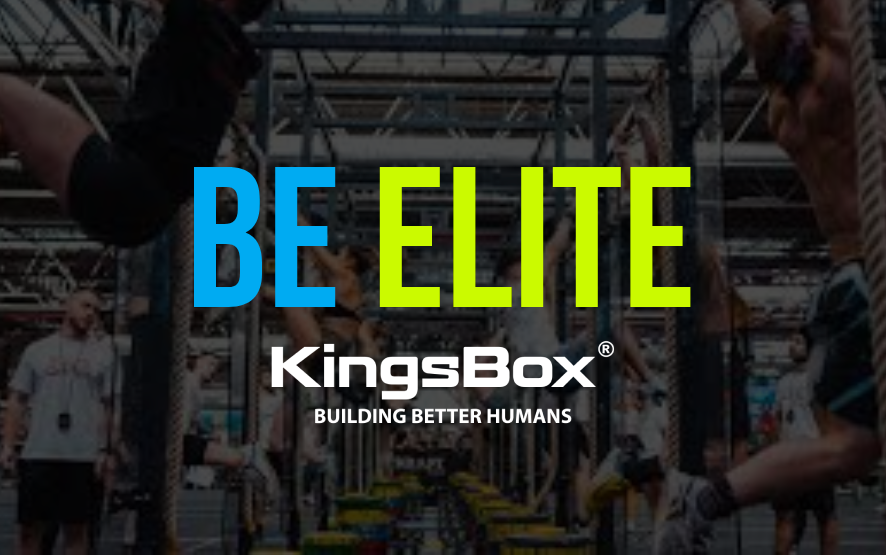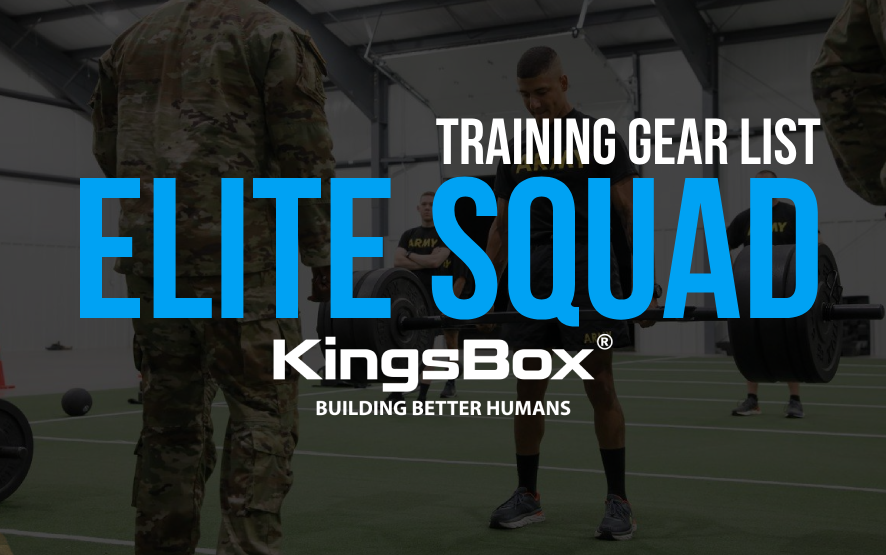Be an elite cross training athlete. Let’s discover together all the secrets of the professionals in this wonderful article.
Cross training is a training method that integrates exercises of different sports disciplines, offering significant benefits both in terms of physical performance and injury prevention.
For advanced athletes, cross training is a continuous challenge and an opportunity for constant progress. This article will explore the challenges and progress of cross training for advanced athletes, providing comprehensive guidance on specific exercises and recommended equipment, with a focus on the products of Kingsbox, a leader in the fitness equipment industry.
Indice dei contenuti
Introduction to Cross Training for elite athletes
Cross training for advanced athletes is distinguished by the complexity and intensity of the exercises, which require greater body awareness and technical ability. This type of training not only improves strength and endurance, but also develops specific skills needed to excel in various sports.
The main goal is to create a balance between strength, flexibility, speed and endurance, while reducing the risk of injury.
Challenges of Cross Training for elite athletes
1. Increase Intensity
For advanced athletes, one of the main challenges is to increase the intensity of workouts without compromising the technique. Increasing the load and complexity of the exercises requires constant control and meticulous planning. It is crucial to monitor your progress and adapt your training program to avoid the plateau and continuously stimulate your muscles.
2. Diversification of Exercises
Another challenge is the diversification of the exercises. Advanced athletes must incorporate a variety of exercises to engage all muscle groups and improve their overall abilities. This requires a thorough knowledge of training techniques and creativity in organizing training sessions.
3. Recovery and Accident Prevention
Recovery is essential for advanced athletes, as intense training increases the risk of injury. Implementing effective recovery strategies, such as stretching, massage and using specific equipment, is crucial to maintaining the effectiveness of long-term training.
Progress in Cross Training for Elite Advanced Athletes
1. Monitoring Progress
Keeping track of progress is critical for any athlete. Using tools such as training diaries, monitoring apps, and periodic performance tests helps evaluate improvements and identify areas that need further effort.
2. Customization of Workouts
Customizing workouts to individual needs allows you to maximize results. This includes changing the exercises, intensity and duration of the sessions according to the specific objectives and physical condition of the athlete.
3. Implementation of New Techniques
The integration of new training techniques and methodologies can further stimulate progress. This may include the use of advanced technologies such as biofeedback, functional training and specific training to improve particular athletic skills.
Cross Training Exercises for Elite Advanced Athletes
1. Olympic Weightlifting
Olympic weightlifting, including exercises like snatch and clean and jerk, is essential to develop explosive strength and power. Using quality barbells and discs, such as those offered by Kingsbox, ensures optimal safety and performance.
2. Plyometric exercises
Plyometric exercises, such as pliometric jumps and box jump, improve muscle power and reactivity. The use of adjustable and safe boxes, such as those of Kingsbox, allows you to adapt the height to the abilities of the athlete and gradually increase the difficulty.
3. Functional Training
Functional training involves movements that mimic daily or sport-specific activities. Exercises such as kettlebell swings, burpees and pull-ups are essential. Kingsbox Kettlebells, available in different sizes, offer a great option for this type of training.
4. High-Intensity Interval Training (HIIT)
HIIT is an excellent method to improve cardiovascular ability and burn fat. Sprint sessions on treadmills, followed by periods of active recovery, are very effective. High-quality treadmills, such as Kingsbox, provide a stable and safe surface for these exercises.
5. Battle Ropes Training
The use of the battle cord is great for improving the endurance and strength of the upper body. The Kingsbox Battle Wire Rope is designed to withstand intensive use, offering a comprehensive and challenging workout.
Kingsbox Elite Cross Training Equipment
Barbells and weights
Kingsbox offers a full range of high-quality barbells and weight plates designed to withstand wear and ensure optimal performance during Olympic weightlifting workouts.
Kettlebell
The Kettlebells and dumbbells of Kingsbox are available in different sizes and weights, allowing a gradual and safe progression in functional and strength training exercises.
Resistance Bands
Resistance bands are lightweight and easy to carry, and can be used for a variety of exercises, such as assisted pull-ups, push-ups, lunges and more.
Plyobox
Kingsbox adjustable boxes are perfect for plyometric exercises. Built with durable materials, these boxes can be adjusted to different heights to suit the needs of each athlete.
Jump Ropes
Jump ropes are an essential tool for advanced workouts, as they are easy to carry and can be used to improve endurance and coordination.
Medicine Balls
Medicine balls can be used for exercises such as wall ball, but they can also be used for throwing and recovery by improving strength and stability.
These are just some of the most common cross training tools used, but there are many other tools and exercise variants that can be used according to the needs and level of experience of advanced Funtional Fitness practitioners.
Conclusion
Cross training for advanced athletes offers a wide range of challenges and opportunities for progress.
With the implementation of various exercises and the use of high-quality equipment such as those of Kingsbox, athletes can significantly improve their performance, prevent injuries and reach new levels of excellence.
Customizing your training schedule, monitoring your progress and continuously adapting your techniques and exercises are key strategies to get the most out of cross training.














